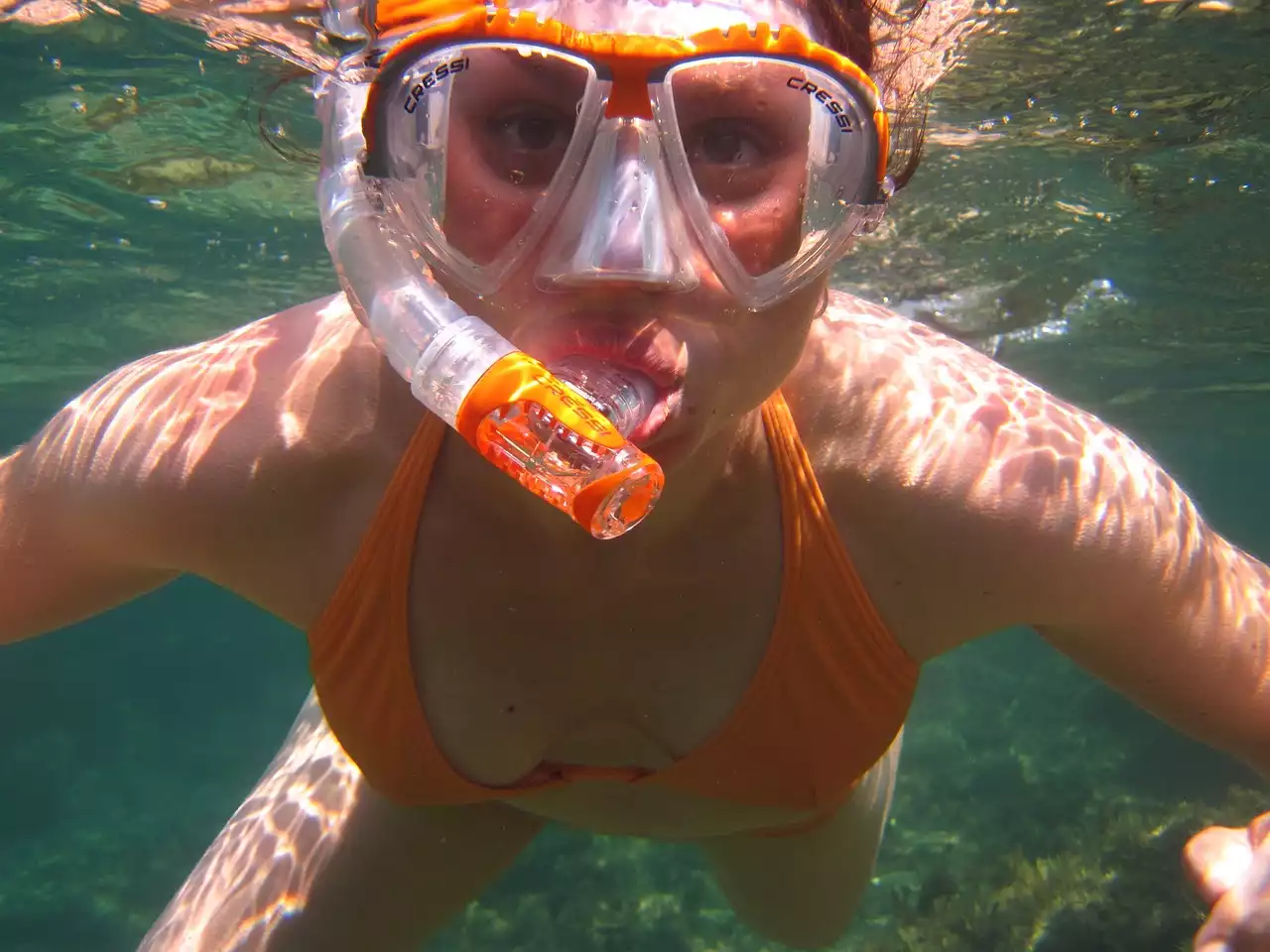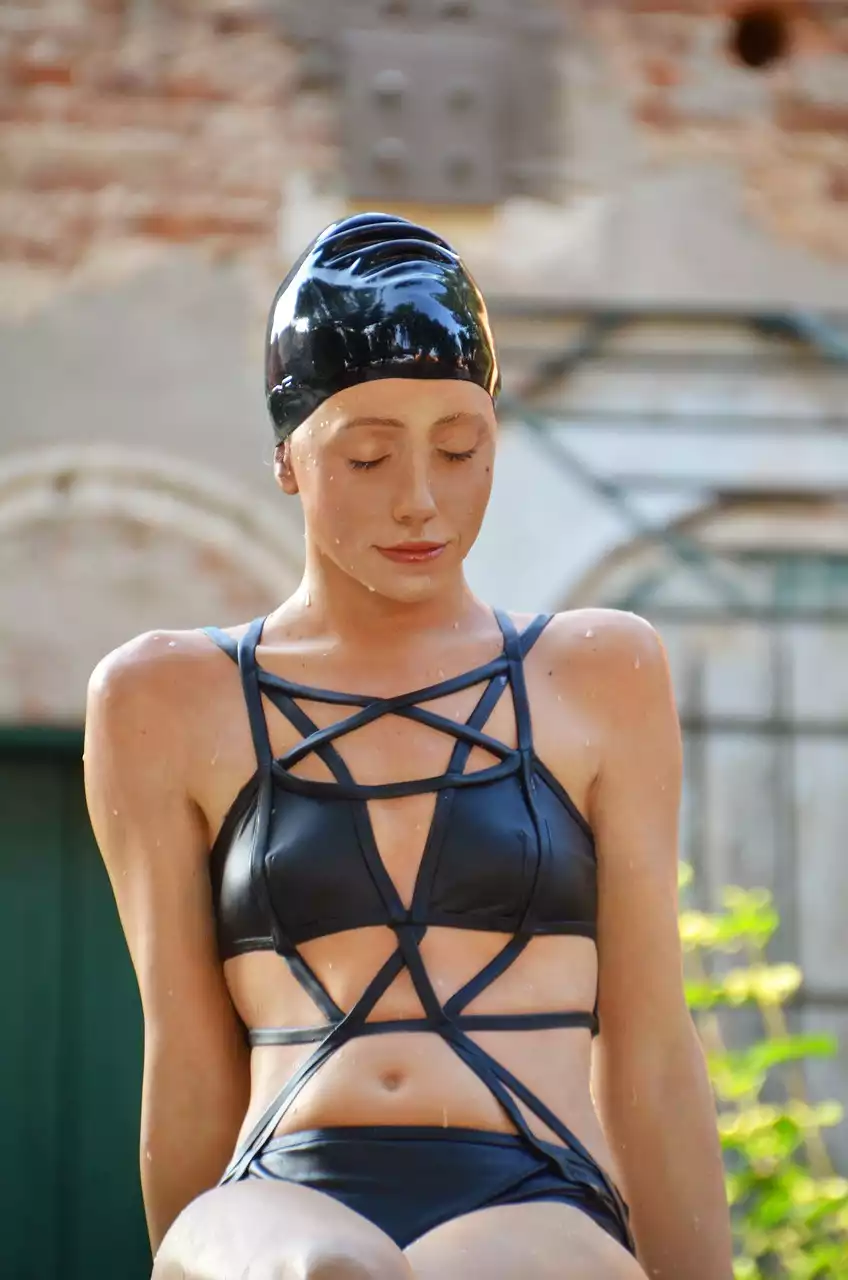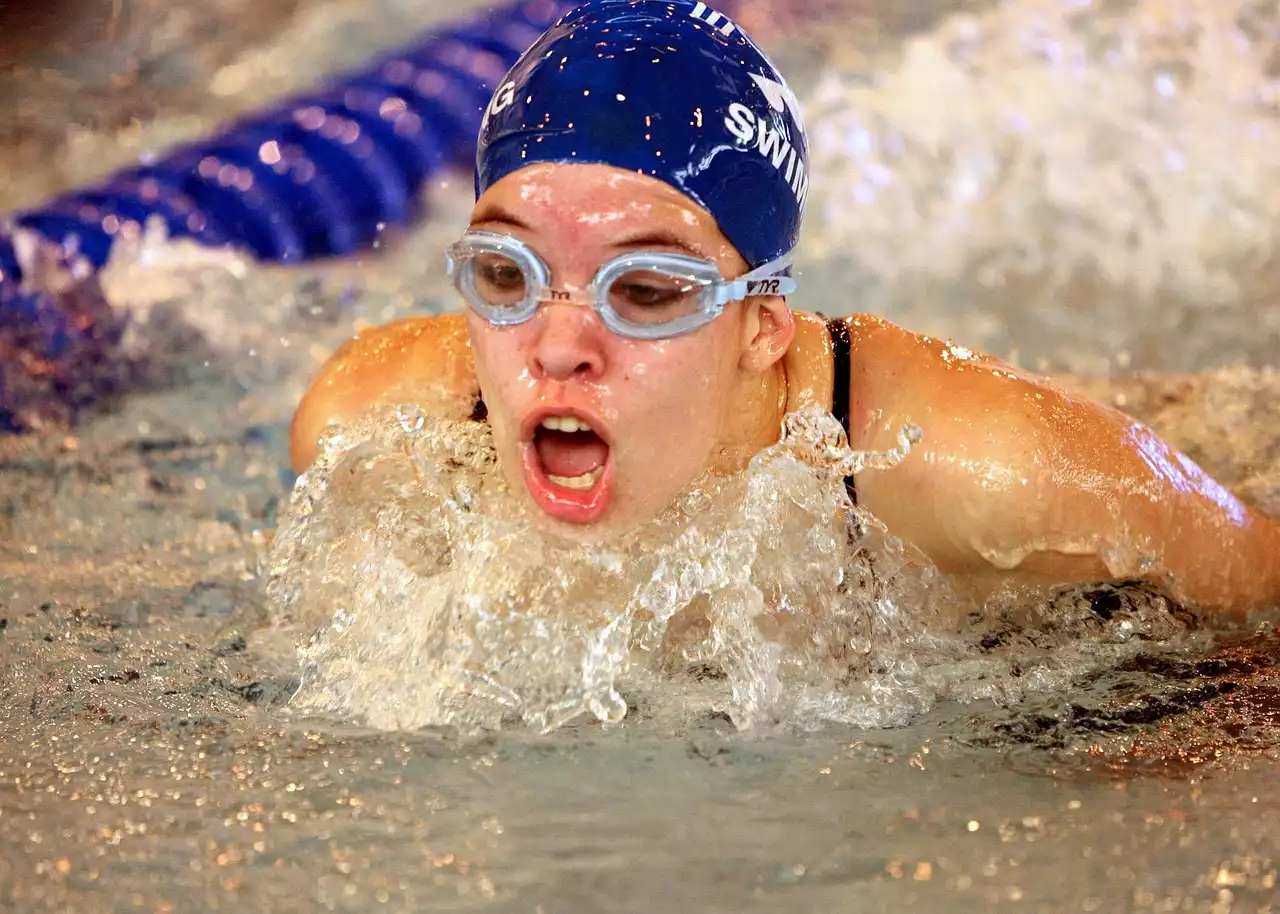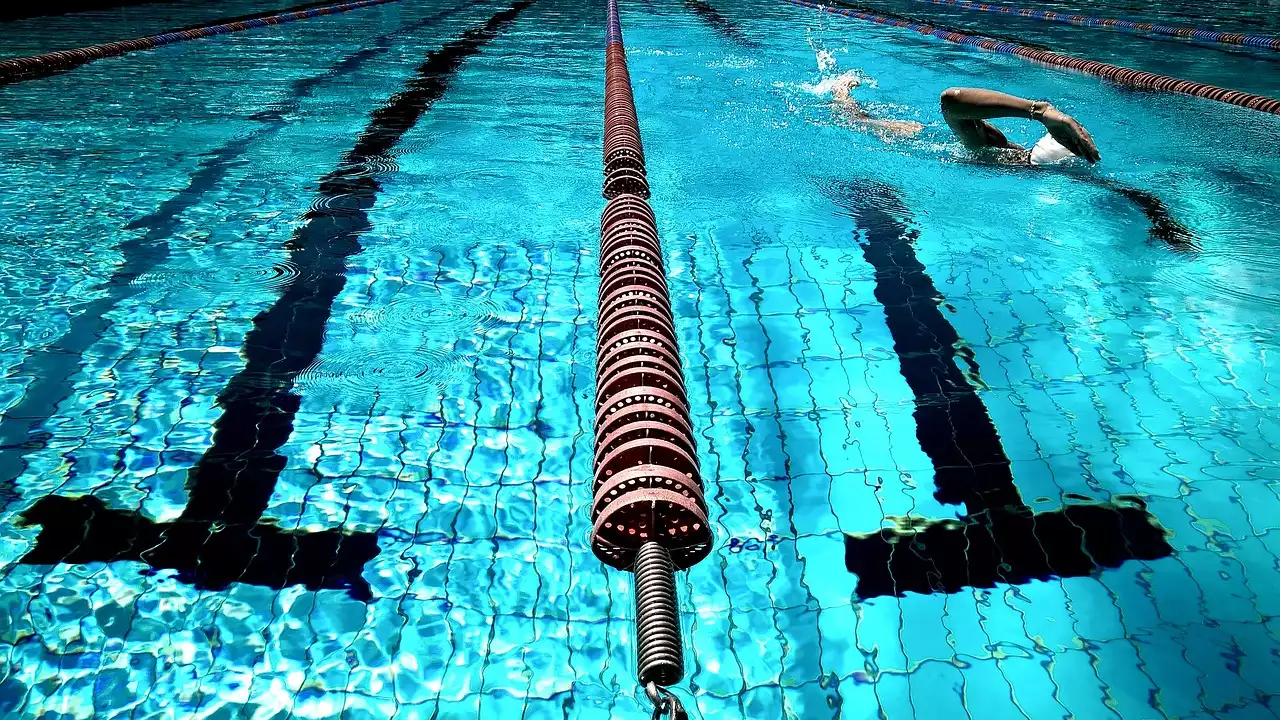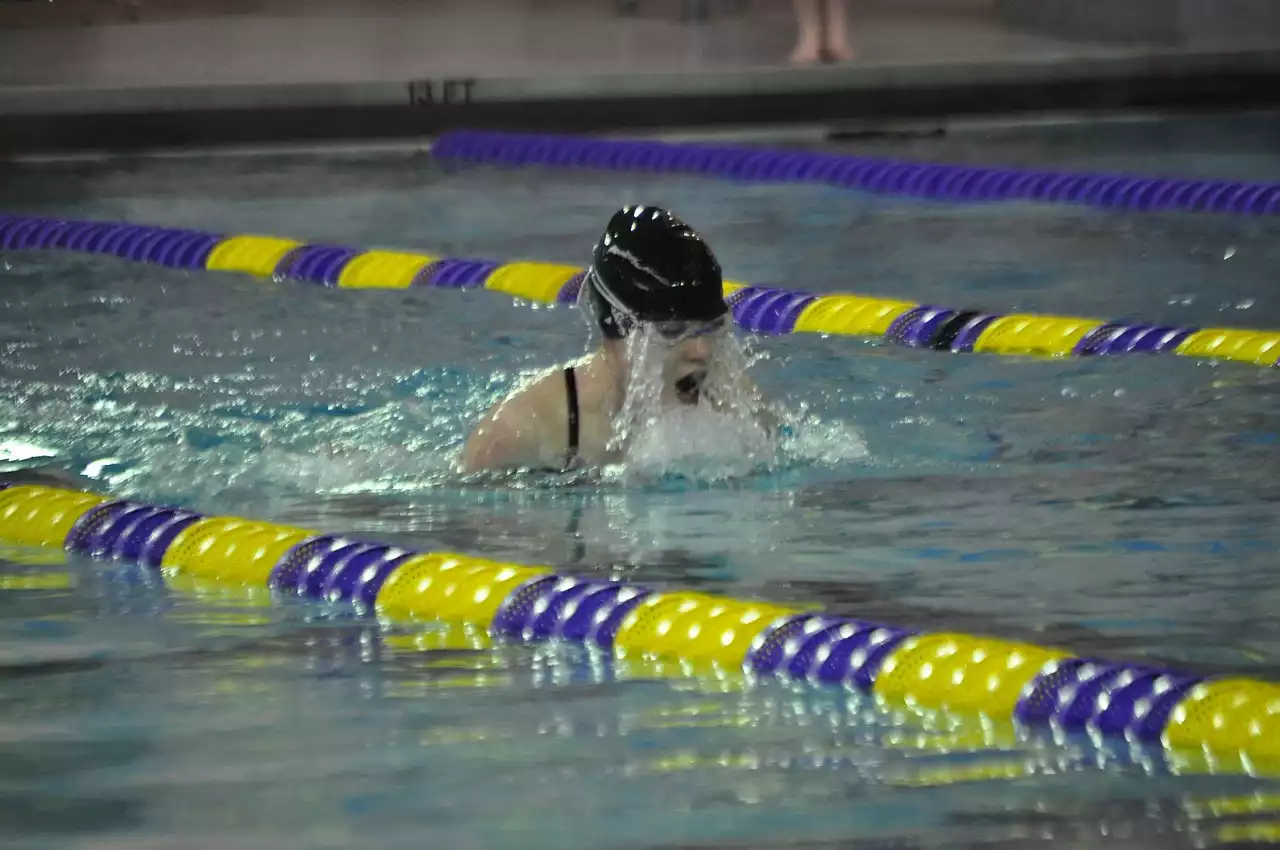Cleaning Swim Gear After Each Use
Cleaning swim gear after each use is an important part of swim gear maintenance. Not only does it help keep the gear in good condition, but it also helps to keep it free from bacteria and germs that can cause skin irritation. After each use, it’s important to rinse the gear in cold water to remove any chlorine, salt, or another chemical residue, and then dry it thoroughly. It’s also important to inspect the gear for any signs of wear or damage and replace any worn or damaged pieces as soon as possible.
Storing Swim Gear Properly
Once the gear has been cleaned, it’s important to store it correctly to ensure that it lasts as long as possible. For example, goggles should be stored in a protective case when not in use to prevent them from being scratched or damaged. Swim caps should be stored in a separate bag or container to prevent them from becoming stretched or misshapen. Swimsuits should be hung up or stored flat to prevent them from gathering wrinkles or becoming stretched out. Finally, swim fins should be stored in a dry, cool area with plenty of ventilation to prevent them from becoming moldy.
Types of Swim Gear
Swim gear consists of a variety of different items, including goggles, swim caps, swimsuits, swim fins, and swimming accessories. It’s important to understand the purpose of each of these items and the specific requirements for their care and maintenance.
How to Clean and Store Each Type of Swim Gear
Goggles
Goggles should be cleaned and rinsed with cold water after each use, and then dried thoroughly. They should then be stored in a protective case to prevent them from being scratched or damaged. It’s also important to inspect the goggles for any signs of wear or damage and replace any worn or damaged pieces as soon as possible.
Swim Caps
Swim caps should be rinsed in cold water after each use, and then air-dried. They should be stored in a separate bag or container to prevent them from becoming stretched or misshapen. It’s also important to inspect the caps for any signs of wear or damage and replace any worn or damaged pieces as soon as possible.
Swimsuits
Swimsuits should be rinsed in cold water after each use, and then air-dried. They should be hung up or stored flat to prevent them from gathering wrinkles or becoming stretched out. It’s also important to inspect the suits for any signs of wear or damage and replace any worn or damaged pieces as soon as possible.
Swim Fins
Swim fins should be rinsed in cold water after each use, and then air-dried. They should be stored in a dry, cool area with plenty of ventilation to prevent them from becoming moldy. It’s also important to inspect the fins for any signs of wear or damage and replace any worn or damaged pieces as soon as possible.
Swimming Accessories
Swimming accessories, such as swimmer’s ear plugs, nose clips, and kickboards, should be cleaned and rinsed with cold water after each use, and then dried thoroughly. They should be stored in a dry, cool area with plenty of ventilation to prevent them from becoming moldy. It’s also important to inspect the accessories for any signs of wear or damage and replace any worn or damaged pieces as soon as possible.
Tips for Maintaining Swim Gear
In addition to cleaning and storing swim gear properly, there are a few other tips for maintaining swim gear. First, it’s important to inspect the gear for any signs of wear or damage before and after each use. If any pieces of the gear are worn or damaged, they should be replaced as soon as possible. Second, it’s important to store the gear in a dry, cool area with plenty of ventilation to prevent it from becoming moldy or developing an unpleasant odor. Finally, it’s important to use a mild detergent and warm water to clean the gear after each use to remove any chlorine, salt, or another chemical residue.
The Importance of Regular Maintenance
Regular maintenance of swim gear is essential for any swimmer, especially those who compete in swimming events. Keeping competition gear clean and properly stored is essential for a swimmer’s performance, not to mention their comfort and safety. Swimmers must take the time to clean their gear after each use, and store it correctly to ensure that it lasts as long as possible. Doing so will help swimmers to stay focused on their performance, rather than worrying about the state of their equipment.
